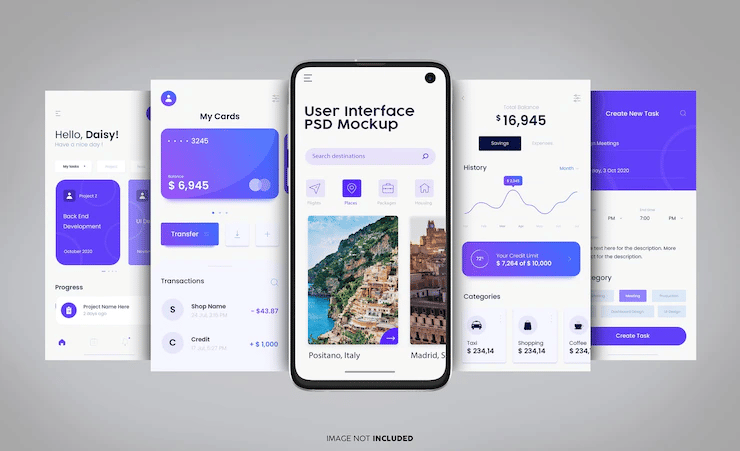Nowadays, even if you have a revolutionary mobile application, you must go above and beyond to stand out. A great design with advanced features will get users hooked, but you must strategize your project’s launch phase. A mobile app’s success is determined by its development, adequate referencing, and communication strategies.
Imagine you have already created a notable mobile application that will bring you, active users. You also want to ensure that those users are notified when your new app is released. Fortunately, inbound marketing prevents a launch that costs more time and organization than your budget allows. Just make sure your audience knows about your new app and get them to download it.
Contents
The Keystones of Success: Where to Start
Before you enter the growth phase of your application, take the time to validate your application’s model. Constantly testing and optimizing your app during the pre-launch phase is essential before considering spending a bigger budget on your launch. To evaluate if you are ready to promote your application, click here.
The preparatory stage also involves defining the level of success you want for your mobile app. Set measurable objectives for your launch. You can focus on the number of active installs, for example. This will inform you of your retention rate, the number of people who install your app, or the number of ratings you receive.
Finally, creating content highlights and adds value to your mobile app. You can clearly explain how to use the application through blog posts, press releases, social media content, etc. All of this can be scheduled to be responsive on launch day. You should then check you are providing real-time updates that answer user questions, opinions, and recommendations.
The Key Strategies of Mobile App Marketing
1. Social networks
Nowadays, it is beneficial to launch a business with the communication tools offered by social networks such as Instagram, Facebook, LinkedIn, or Snapchat. Before you launch, optimize your social media accounts to generate interest. This is an excellent way to get feedback and ideas from your potential users. For example, you can put download links into your accounts to popularise the app.
2. Showcasing
Pitch your product to writers, marketers, and bloggers. Be prepared to provide them with a free download of your video demo so they can learn about the interface and capabilities of your application. Then, stay available to answer any questions and pay attention if they discover bugs or make suggestions.
3. Press relations
The press can help you gain market share and quickly take down your app. For example, if your app is listed as the best on a specialized and reputable website, you can be assured of increased visits and downloads. Thus, media and blogs can be excellent tools for increasing visibility.
4. Connecting with blogs
You can launch a dedicated website for your application, preferably if it is a standalone business, or you can create a page on your existing website. Blogs allow you to work on your link network, enrich the keywords on which your page will stand out in search results, and ultimately help you generate long-term traffic. Even if your app has yet to be released, you should launch this page to supplement your social media efforts. Users should be directed to this page on your website to view your demo video and to sign up for an email notification when the app is ready.
5. Connecting with other developers
Contact other app developers who have created something similar to your product. Users of these apps will most likely be able to use your app. You could form a collaboration to help each other. Select people who are related to your field and have a good reputation so that you don’t associate your app with the wrong product.
6. Setting up paid advertising
Set up paid advertising during launch week, along with natural SEO optimization. You can use targeted paid ads on social media platforms to drive users to your profile, where they will be greeted with your splash screen encouraging them to download your mobile app.
7. Using ASO to be visible on app stores
Apple App Store and Google Play are the leading platforms where your app may be downloaded. Thus, you should make it visible in these stores; otherwise, it will blend into the crowd and struggle to exist. Proper referencing is critical for a budget management application to receive hundreds of monthly downloads. Having your app in one location will increase your efficiency. Once your app has been successfully installed, you can submit it to other stores.
8. Managing your mobile app launch tracking
You must review public feedback about your app and foster user engagement. This process enables identifying bugs and making quick changes to improve the user experience and app quality. Keep users updated on your progress to demonstrate that you are considering their feedback.
Conclusion
The communication process continues when you launch your mobile application. The referencing and visibility directly depend on customer engagement. You must use effective marketing strategies to promote your app and encourage mobile users to rate it. You can write blog posts, work with influencers, use social media, contact journalists, and more. But, whatever you do, remember to track key performance indicators. They show how effective your efforts are so you can increase your results or change tactics. As you can see, creating a quality app and advertising is a challenging process, but it is possible. If you approach each stage responsibly, success will follow.

